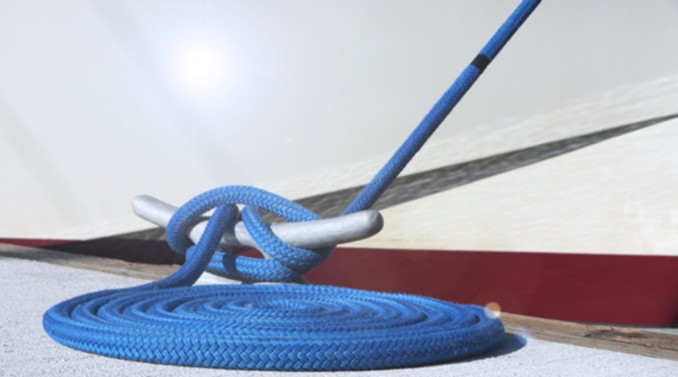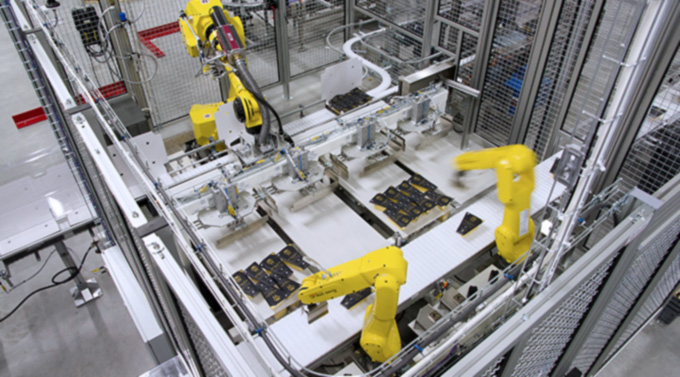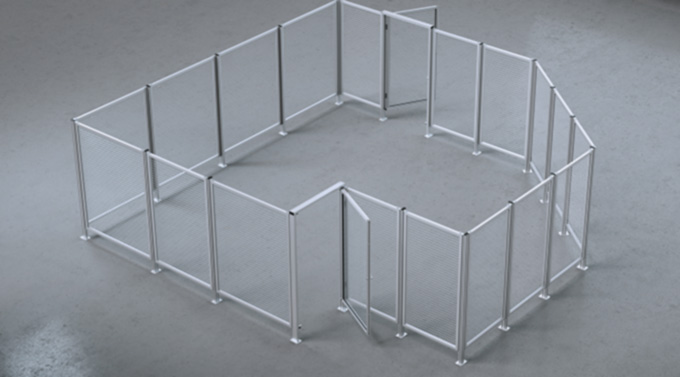
The margin for production errors is constantly shrinking and manufacturers strive for complete control over their production processes. Safety engineering helps you remove threats and protect production processes. It also helps you increase machine safety and maintain a safe working place for the operators. Safety engineering works as an insurance for your production. In a proactive way, safety engineering enables you to protect your assets.
Safety engineering – makes safety an integral part of industrial operations
 Safety engineering is a technology field dealing with safety when it comes to engineered systems and designs. It is applicable in the manufacturing industry and is highly associated with machine safety, industrial engineering and systems engineering, making safety an integral part of industrial operations. The purpose of safety engineering is to control risks and threats, such as contamination, interference, injury, delays and defects by reducing or completely eliminating them. Safety engineering covers both hardware in form of components building up frameworks, fences and enclosures, as well as consultation regarding machine safety, risk assessment and service.
Safety engineering is a technology field dealing with safety when it comes to engineered systems and designs. It is applicable in the manufacturing industry and is highly associated with machine safety, industrial engineering and systems engineering, making safety an integral part of industrial operations. The purpose of safety engineering is to control risks and threats, such as contamination, interference, injury, delays and defects by reducing or completely eliminating them. Safety engineering covers both hardware in form of components building up frameworks, fences and enclosures, as well as consultation regarding machine safety, risk assessment and service.
Process safety and operator safety in the manufacturing industry
 Safety in the manufacturing industry distinguishes between process safety and operator safety. Process safety aims to ensure that the production process proceeds without errors or breakdowns. Operator safety, on the other hand, relates to protecting operators from accidents involving individual processes and machines.
Safety in the manufacturing industry distinguishes between process safety and operator safety. Process safety aims to ensure that the production process proceeds without errors or breakdowns. Operator safety, on the other hand, relates to protecting operators from accidents involving individual processes and machines.
Safety engineering should be applied early in the production process, during the design phase of a production system or in the beginning of a product development. Before implementing a production system, safety engineers study the manufacturing process under various conditions. To identify possible risks and hazards, the engineers consider factors such as technical safety, material reliability, legislations and human errors. Safety engineering is done individually, because the requirements of each production process is unique.
Save time and resources while increasing uptime and output
Both operators and machines as well as production processes benefit from safety engineering. Fences and enclosures protect operators from moving devices and goods, including sound emissions. In turn, the enclosures protect the machines from dust and contamination. Disturbances are eliminated when protecting your production processes, which results in less waste while increasing both uptime and sellable output.
FlexLink provides flexible and well-designed frameworks and enclosures
A safe production is the basis for a standardized flow and a quality assurance. Our customers aim for turnkey solutions by having one contractor deliver a high value when it comes to price, delivery time, design and safety. FlexLink, as a supplier of conveyor systems and profile systems, lives up to all these demands by supporting customers with a team of experts through all stages of the process. We assist you in making the risk assessment, stating the functional requirements, designing the application and, finally, installation and maintenance.
To support our customers, we also provide a sophisticated Engineering Tool with integrated logic to quickly design an enclosure or fence. The tool is easy to use and fully interconnected with all FlexLink Engineering tools for trouble-free order handling and assembly. Our goal is to deliver safe and flexible solutions for future adjustments and adaption to new regulations. We design systems that meet your particular needs, enabling a safe working environment for your operators, machines and your production.
I hope you found the blog article interesting and that you gained some new knowledge about safety engineering. Feel free to contact me with any questions and remember to visit our website for more information.




Good informative post.
yes. Engineering for safety at a design level is a better than finding solutions later once production is on-going. For an example, maintenance of some equipment on a line while the machine is still running. Lets say, oiling a chain. The question is; how does one gain access to this chain which is probably high in location. Was this point looked at, at a design stage? how does the operator reach the chain? is he going to use a ladder? Is it safe? or will he take short-cuts when there is no one watching????